Deagostini Red Bull Racing RB7 User guide
- Type
- User guide
The Deagostini Red Bull Racing RB7 is a highly detailed, self-build model of the 2011 Formula One championship-winning car, powered by a nitro engine and featuring a sophisticated knuckle arm steering system for precise handling. With its adjustable track rods, the RB7 allows for fine-tuning of the steering geometry to suit different tracks and driving styles.
The Deagostini Red Bull Racing RB7 is a highly detailed, self-build model of the 2011 Formula One championship-winning car, powered by a nitro engine and featuring a sophisticated knuckle arm steering system for precise handling. With its adjustable track rods, the RB7 allows for fine-tuning of the steering geometry to suit different tracks and driving styles.




















-
 1
1
-
 2
2
-
 3
3
-
 4
4
-
 5
5
-
 6
6
-
 7
7
-
 8
8
-
 9
9
-
 10
10
-
 11
11
-
 12
12
-
 13
13
-
 14
14
-
 15
15
-
 16
16
-
 17
17
-
 18
18
-
 19
19
-
 20
20
Deagostini Red Bull Racing RB7 User guide
- Type
- User guide
The Deagostini Red Bull Racing RB7 is a highly detailed, self-build model of the 2011 Formula One championship-winning car, powered by a nitro engine and featuring a sophisticated knuckle arm steering system for precise handling. With its adjustable track rods, the RB7 allows for fine-tuning of the steering geometry to suit different tracks and driving styles.
Ask a question and I''ll find the answer in the document
Finding information in a document is now easier with AI
Related papers
-
Deagostini Red Bull Racing RB7 User guide
-
Deagostini Red Bull Racing RB7 User guide
-
Deagostini Red Bull Racing RB7 User guide
-
Deagostini Red Bull Racing RB7 User guide
-
Deagostini Red Bull Racing RB7 User guide
-
Deagostini Red Bull Racing RB7 User guide
-
Deagostini Red Bull Racing RB7 User guide
-
Deagostini Red Bull Racing RB7 User guide
-
Deagostini Red Bull Racing RB7 User guide
-
Deagostini Red Bull Racing RB7 User manual
Other documents
-
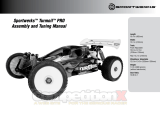 Sportwerks Turmoil PRO Assembly And Tuning Manual
Sportwerks Turmoil PRO Assembly And Tuning Manual
-
Kyosho Optima Mid 3135 User manual
-
Chevrolet Corvette 1970 Repair & Tune-Up Manual
-
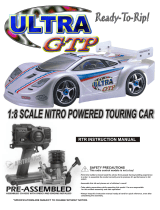 Ofna Racing Ultra GTP User manual
Ofna Racing Ultra GTP User manual
-
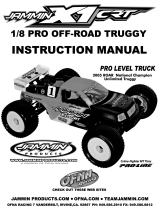 Ofna Racing JAMMIN X1-CRT User manual
Ofna Racing JAMMIN X1-CRT User manual
-
Duratrax Street Force GP2 User manual
-
Ford Ranger Maintaince And Repair Manual
-
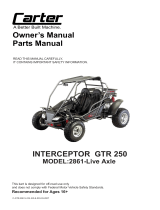 Carter 2861-Live Axle Owner's manual
Carter 2861-Live Axle Owner's manual
-
Kyosho PURE TEN EP KX-One User manual
-
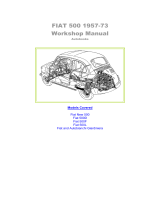 Abarth 500D Workshop Manual
Abarth 500D Workshop Manual
























